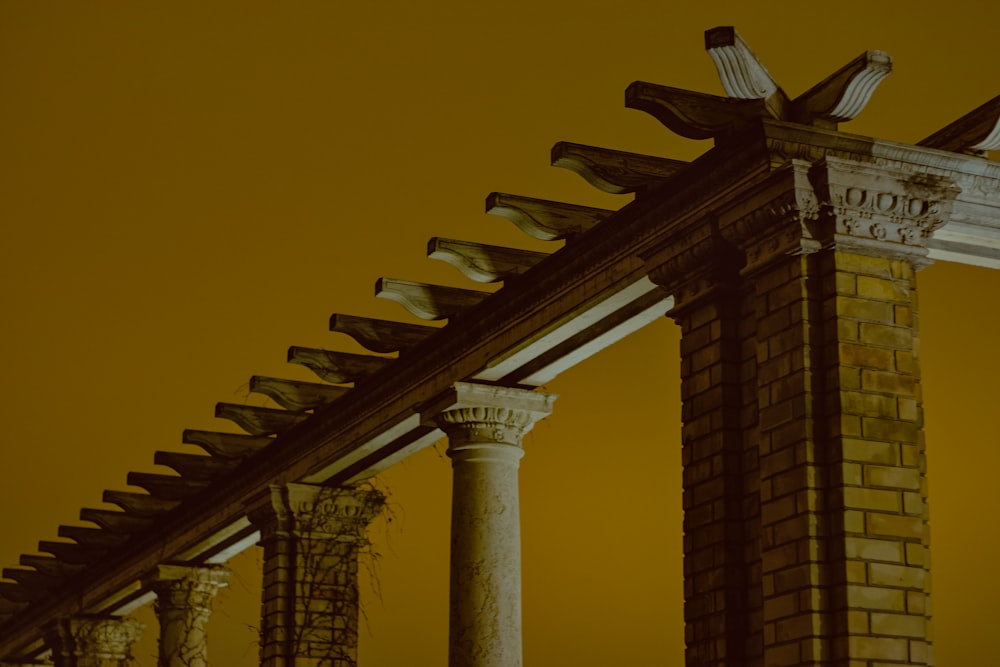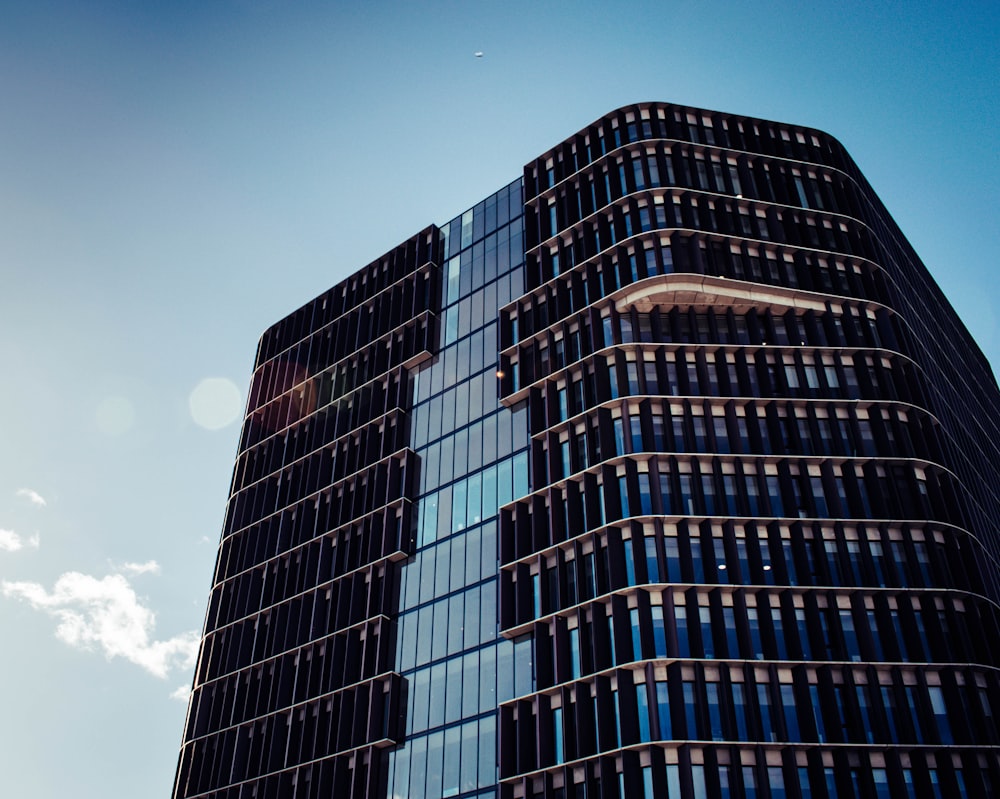Exploring the Beauty of Buttress Architecture
In the world of architecture, few elements blend the realms of art and engineering as elegantly as buttresses. These structural supports, often seen in grand cathedrals, historic buildings, and even modern designs, serve as both functional necessities and aesthetic wonders. Let’s delve into the fascinating world of buttress architecture, where form meets function in a harmonious dance of strength and beauty.
The Purpose of Buttresses
At its core, a buttress is a structural element designed to provide support to walls and distribute the weight of a building. Originating in medieval architecture, buttresses were essential for constructing lofty cathedrals and towering structures. They serve to counteract the lateral forces exerted on tall walls, preventing them from buckling or collapsing under their own weight. However, over time, architects have elevated the design of buttresses, transforming them into architectural masterpieces in their own right.
Form Follows Function
While the primary purpose of buttresses is structural support, architects have embraced the opportunity to infuse these elements with artistic flair. The design of a buttress often reflects the style and era of the building it supports. In Gothic architecture, for example, you’ll find flying buttresses—graceful, arched supports that seem to defy gravity. These structures not only provide essential support to cathedral walls but also create an ethereal, almost weightless appearance.
A Symphony of Lines and Arches
One of the most captivating aspects of buttress architecture is the intricate play of lines and arches. From the soaring heights of Gothic cathedrals to the sleek modern designs of today, buttresses offer a canvas for creativity. Architects use various forms—flying buttresses, diagonal braces, or even flat, massive supports—to achieve both structural stability and visual appeal. The result is a symphony of lines and shapes that dance across the facade of a building, drawing the eye upward in awe.
Historic Marvels: Gothic Cathedrals
When we think of buttress architecture, Gothic cathedrals immediately come to mind. These towering edifices, such as Notre-Dame de Paris or Chartres Cathedral, are prime examples of the ingenuity of medieval architects. Flying buttresses soar skyward, supporting colossal walls of stained glass and intricate stonework. The effect is nothing short of breathtaking, as light filters through the windows, casting an ethereal glow on the interior spaces.
Modern Interpretations: Reinventing Tradition
While buttresses are often associated with historic buildings, modern architects continue to draw inspiration from these timeless elements. In contemporary architecture, you’ll find innovative reinterpretations of buttresses that blend tradition with modernity. Sleek, minimalist designs utilize buttresses for both structural support and visual impact. Whether in the form of slender steel beams or curved concrete supports, these elements add a sense of drama and elegance to modern structures.
Balancing Strength and Beauty
One of the remarkable qualities of buttress architecture is its ability to balance strength with beauty. These elements, while essential for supporting massive structures, also contribute to the overall aesthetic of a building. Architects carefully consider the placement, size, and design of buttresses to achieve the desired effect. The result is a harmonious integration of form and function, where every line and curve serves a dual purpose.
Cultural Significance: Icons of History
Beyond their structural significance, buttresses hold cultural and historical importance. They are symbols of architectural achievement, representing the ingenuity and craftsmanship of generations past. Each buttress tells a story of the challenges faced by architects and builders, from the medieval craftsmen who erected towering cathedrals to the modern visionaries shaping our skylines today. These elements stand as timeless icons of history, connecting us to the architectural wonders of the past.
Innovations in Buttress Design
As technology advances and architectural boundaries are pushed, we continue to see innovations in buttress design. Advanced materials and engineering techniques allow for greater flexibility and creativity in creating these structural supports. Architects are experimenting with new forms, shapes, and materials to achieve both strength and visual impact. The result is a new era of buttress architecture, where the traditions of the past meet the possibilities of the future.
A Legacy of Beauty and Strength
In the world of architecture, buttress design remains a testament to the enduring marriage of art and engineering. These elements, born out of necessity, have evolved into symbols of beauty, strength, and cultural significance. Whether in the grandeur of Gothic cathedrals or the sleek lines of modern skyscrapers, buttresses continue to captivate our imagination. They remind us that architecture is not just about creating functional spaces but also about sculpting works of art that stand the test of time.
Embracing the Beauty of Buttress Architecture
As we journey through the world of architecture, let us pause to admire the beauty and ingenuity of buttress design. These elements, with their graceful lines and structural strength, offer a glimpse into the creative minds of architects past and present. Whether gazing upon the soaring buttresses of a medieval cathedral or marveling at the sleek modern interpretations, we are reminded of the enduring legacy of buttress architecture—a legacy of beauty, strength, and timeless elegance. Read more about buttress architecture

:max_bytes(150000):strip_icc()/GettyImages-1084171152-8445a490b5894f0a9bb588dbfc2ac22d.jpg)











